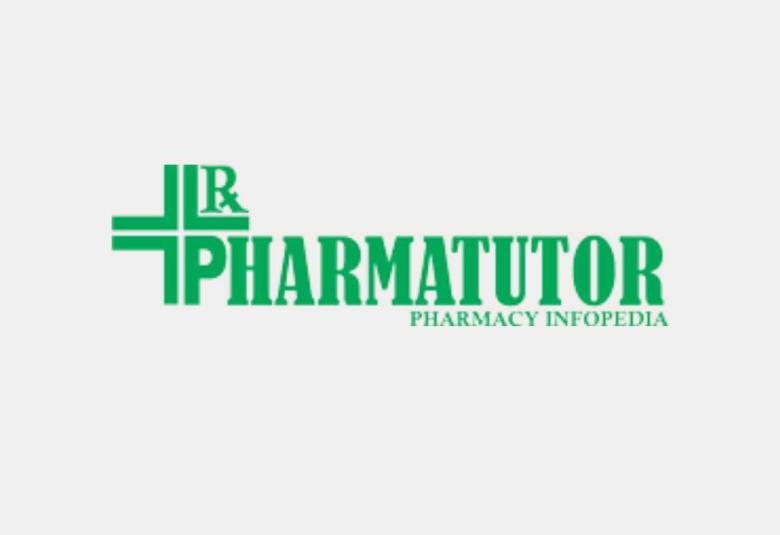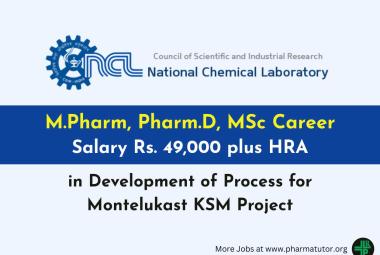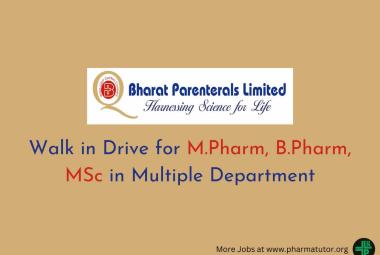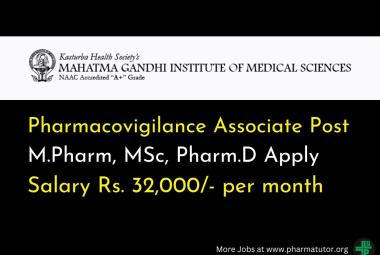SPECTROSCOPIC PARALLELISM IN STRUCTURAL SKELETONIZATION AND STANDARDIZATION OF PHARMACEUTICALS
{ DOWNLOAD AS PDF }
ABOUT AUTHORS
Nisha Sharma1, Mohammad Arshad2, Asif Jafri2, Deepak Chowrasia*1
1Institute of Pharmacy, Chhatrapati Shahu Ji Maharaj University,
UP, Kanpur, India.
2Molecular endocrinology lab, Department of Zoology, Lucknow University, (U.P.), Kanpur, India.
*chowrasia.deepak@gmail.com
ABSTRACT
Spectroscopy based pharmaceuticals chemofingerprinting and standardization is an essential intent to portrait molecular structures as well, a cemented platform to harvest diversified physiochemical characteristics of therapeutic chemoentity. Compared to classical wet techniques, the spectroscopic-framed-chemical analysis meritoriously distinguished from former in terms of sensitivity, accuracy, precession, rapidness, detection limit, spectrum, versatility, result reliability, intuiting data, and automated operation. Quest for “ideal medicine” is still a misnomer, however, may comply if being assisted with well planned and excellently executed spectroscopy methodology. The present paper is design to explore various prospective of different spectroscopic technique and their role in chemical evaluation and standardization of pharmaceuticals.



 ABOUT AUTHORS
ABOUT AUTHORS  ABOUT AUTHORS
ABOUT AUTHORS ABOUT AUTHOR
ABOUT AUTHOR ABOUT AUTHOR
ABOUT AUTHOR







